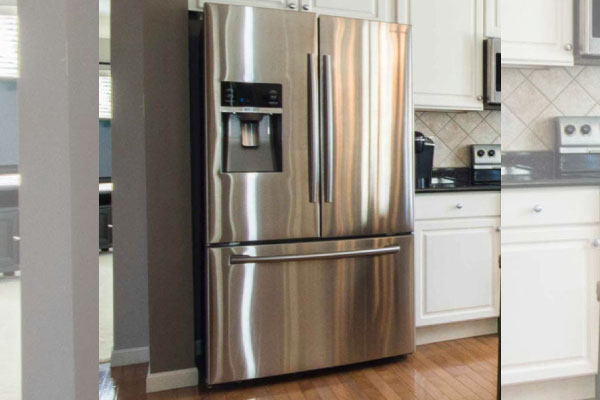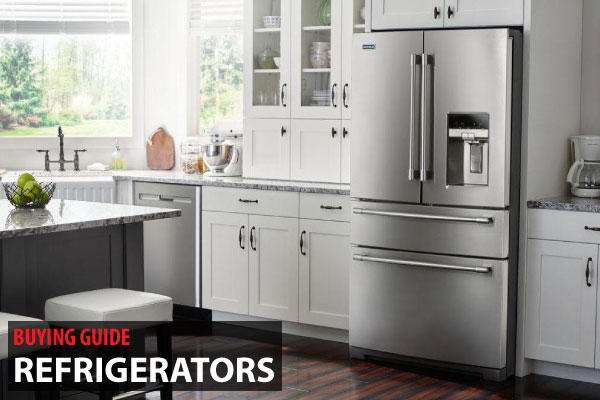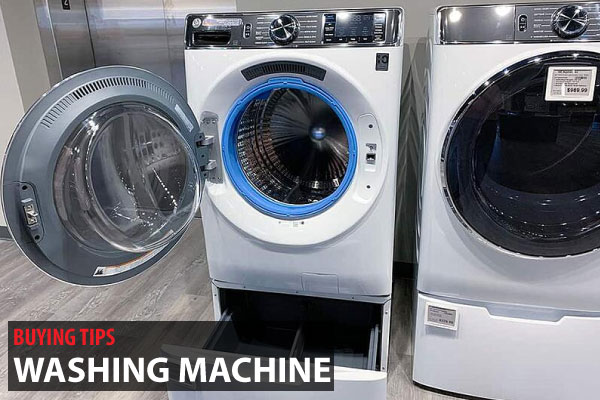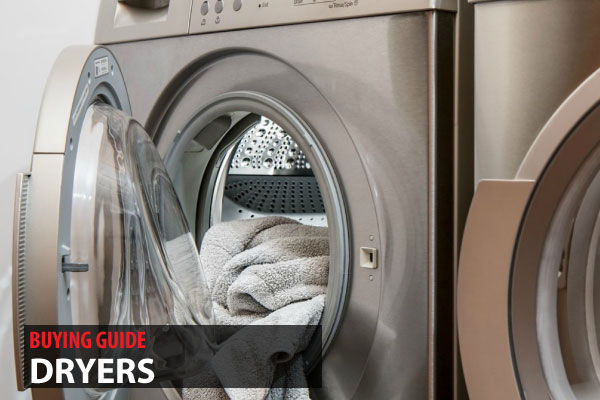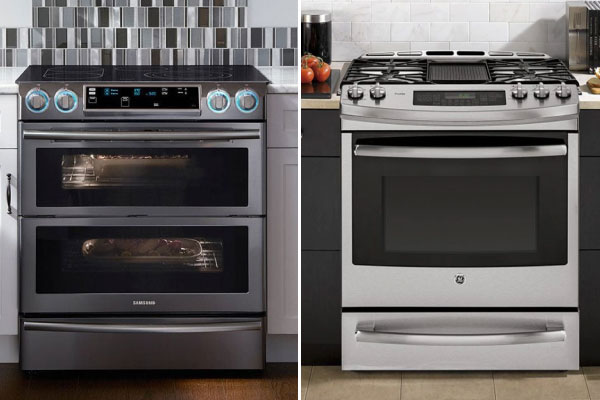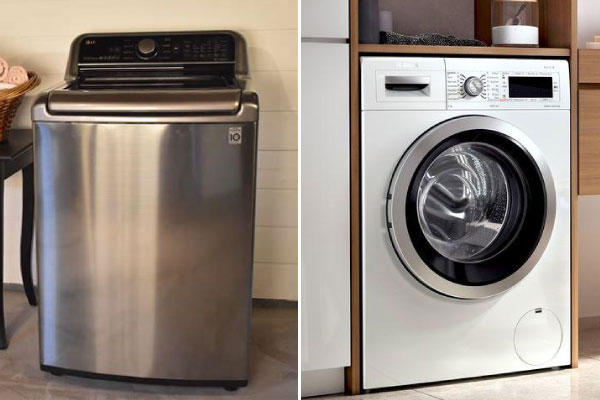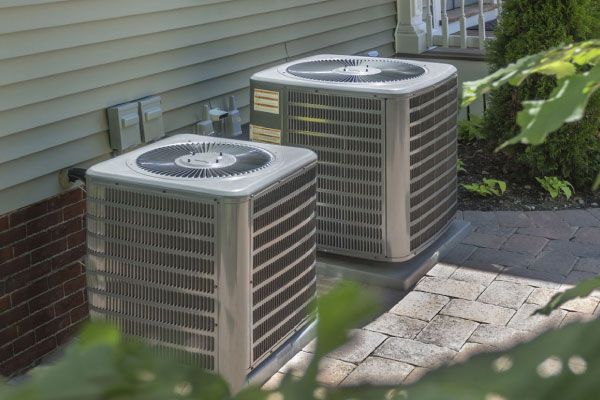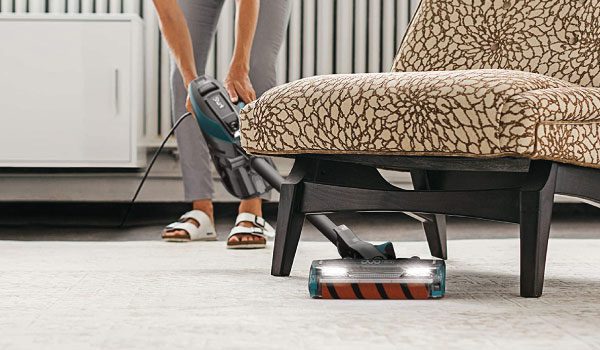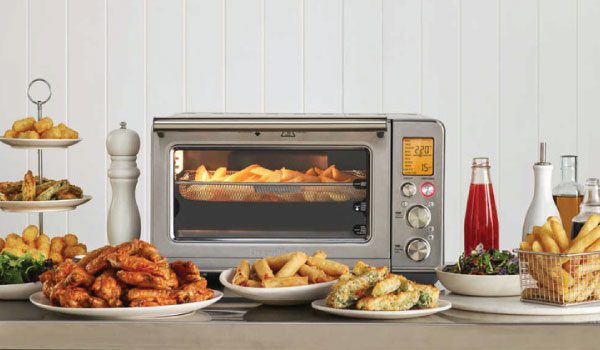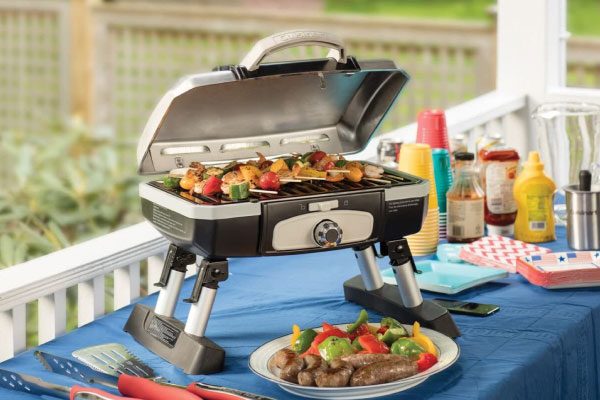Buying Guide: Generators
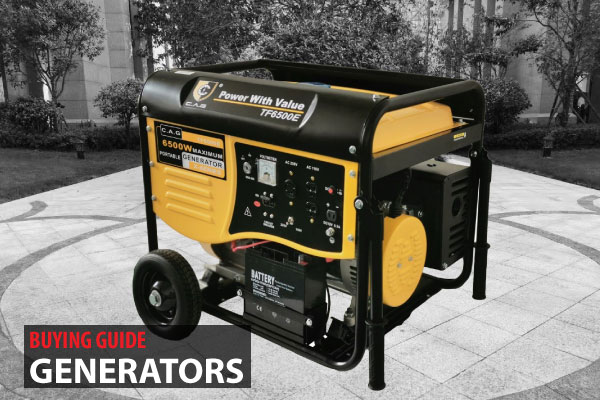
In the absence of power, houses can be kept warm and cool in winter and summer respectively by using generators. You can charge your phone and laptops and run electric appliances on them.
Generators are making an essential part as extreme weather causes a power outage. Generators should be used with precautions, as the death of a number of people is reported every year by poisoning of carbon monoxide because of generators.
The generator should be used outside your home. Your house should have the fitting of carbon monoxide alarms outside bedrooms before you start the generator.
How Generators are Tested
Performance
Generators are tested by loading each model with essentials like a refrigerator, a space heater or air conditioner etc. Experts make sure that the generator handles the load easily and check the consequences of voltage spikes. Some generators can get an interruption, while the best one proceed. The usage of gasoline in the generator and the running time of a single tank is also checked.
Safety
Generator safety tests are conducted in a customized vessel on Yonkers grounds. Sensors of graded carbon monoxide are wired in the vessel. Carbon monoxide level is recorded all over the container when the generator is on. Turning off the generator is recorded when it probably becomes dangerous.
Power Priorities
The power generated by the generator determines the number of electrical appliances it can run. The quality and delivery of power are scored in generator ratings.
Types of Generators

Home standby generators can be installed permanently, start automatically during power breakdown, and run on propane or natural gas. Inverter and portable generators come in many sizes. Portable generators store electricity for their required time.
Home Standby Generators: They are very expensive, and a professional is needed to install them. They turn on automatically when a power breakdown occurs. They provide more power than other options. They can do self-diagnosis to check maintenance.
You can choose fuel between propane and gasoline. Propane is not as risky as gasoline. Natural gas provides an unlimited power supply. They can be from five thousand to twenty thousand watts. Their cost without installation can be from two thousand to six thousand dollars.
Portable Generators: They are less costly as compared to home standby generators. They use gasoline as fuel. You must add a stabilizer for prolonged fuel storage. You can use these generators anywhere except in closed space. They should be run about twenty feet away from home. Protect your generator with a relevant canopy when it rains. They can provide about three thousand to eighty-five hundred watts. Their cost is about four hundred to twenty-five hundred dollars.
Inverted Generators: They are more costly as they have a more complex engine compared to others. Inverter generators do not make much noise as other generators. They have a more advanced exhaust system. They run efficiently and produce little emissions. Safety measurements should be followed for portable generators. They provide fifteen hundred to sixty-five hundred watts. They cost about three hundred to four thousand dollars.
Portable Power Stations: They use a battery that can be charged by an electrical outlet or can have a solar panel. As they are new in the market, so they are more costly than portable gas generators. As these devices do not have an engine, so they make no noise. They can be used indoors as they do not generate carbon monoxide etc. They do not supply more power than the other portable generators. It would be best if you recharged them for running appliances. They provide twelve hundred to fifteen hundred watts. They cost about seven hundred fifty to three thousand dollars.
Safety Technology for Portable Generators
New generators have a built-in sensor to automatically shut off the generator if carbon monoxide reaches a dangerous level. This safety feature ensures saving lives. You should follow safety guidelines even your generator has this life-saving feature. The generator should be operated about twenty feet away from home, with exhaust directed away from the door, window etc.
Features to review

Protect your generator from weather changes for its best operation.
Automatic Carbon monoxide Shutoff
This safety feature can automatically shut off the generator engine if the sensor detects carbon monoxide is reaching a dangerous level. A portable generator must pass CR’s tests for safety and must-have safety feature. Some brands offer the same technology models consisting of heavyweights like Generac, Ryobi and Honda. To verify the generator meets one of two standards, search for these certifications on the packaging.
ANSI/UL2201 (carbon monoxide safety certification)
ANSI/PGMA G300 (certified performance and safety)
Low-Co Engine: Echo and Ryobi use this feature to protect against carbon monoxide poisoning.
Automatic Start: The generator turns on as the power failure occurs.
Electric Start: Some portable models provide the push-button replacing the pull-starting engine. Stationary models start automatically.
Alternative Fuel Capacity: Most portable models operate on gasoline, while some can run on natural gas or propane tank.
Fuel Gauge: You can check the amount of remaining fuel in a portable generator during an extended breakdown.
Low-oil Shutoff: If the oil level falls below the lowest range, the generator shuts down to avoid engine damage.
Multiple Outlets: More than four can be used to spread the load and best use of power.
Removable Console: This is connected to the generator so that appliances can be plugged in without extension cords.
Transfer Switch
It connects a portable generator or standby generator of your home to a circuit panel through one cable. If you use an extension cord, that might be dangerous as it can cause overheating.
You can provide power to entire home circuits with a transfer switch without any extension cord. You can use items without a plug. In stationary models, the transfer switch automatically turns on. But in portable models, few switches are needed to be flipped manually.
Transfer switches are usually designed to work on 220 voltage, for which you need a generator of five thousand watts or more.
You have to choose the circuit to connect to the transfer switch. The interlock device should be installed to save money. It can be installed in a little time by the electrician.

